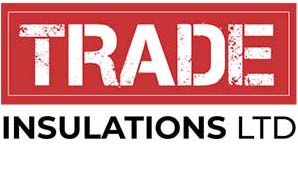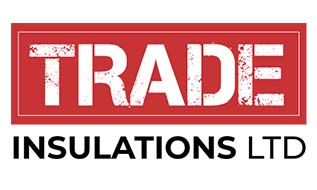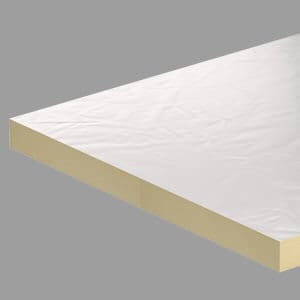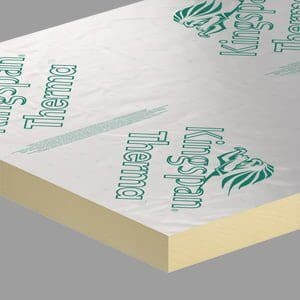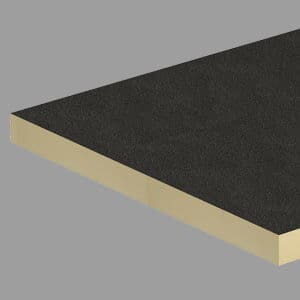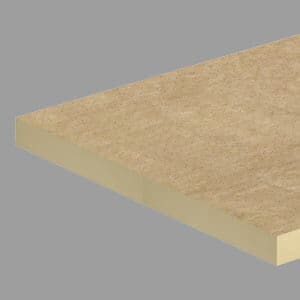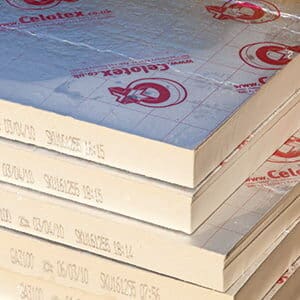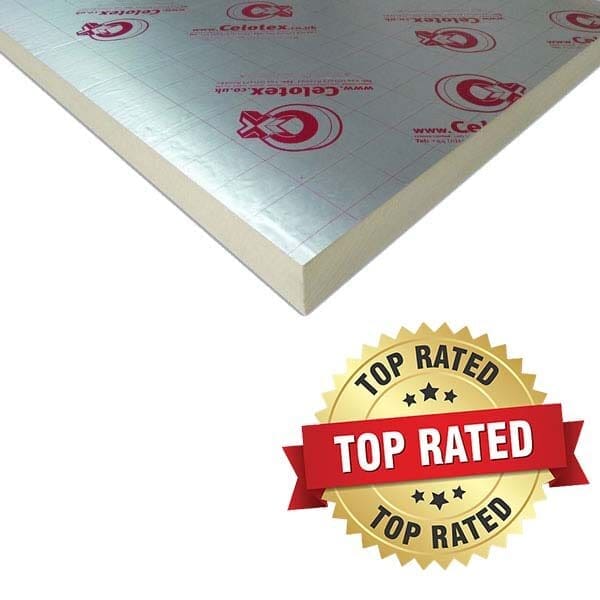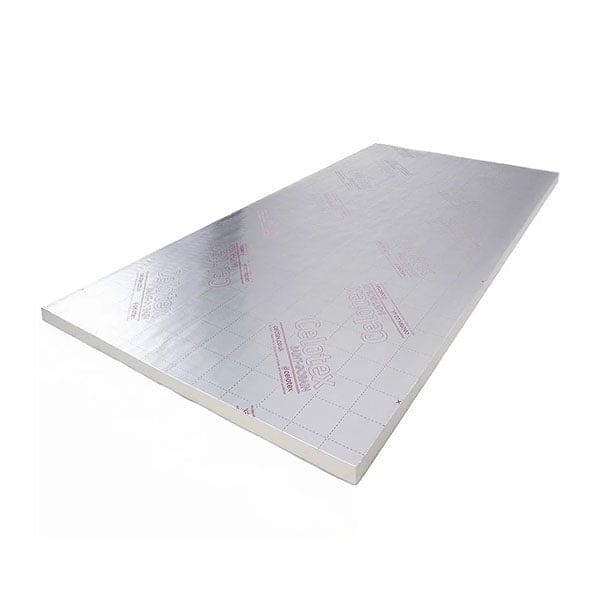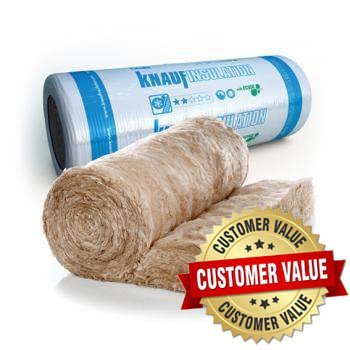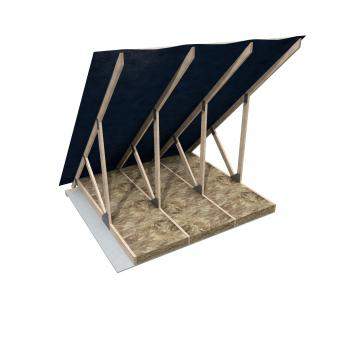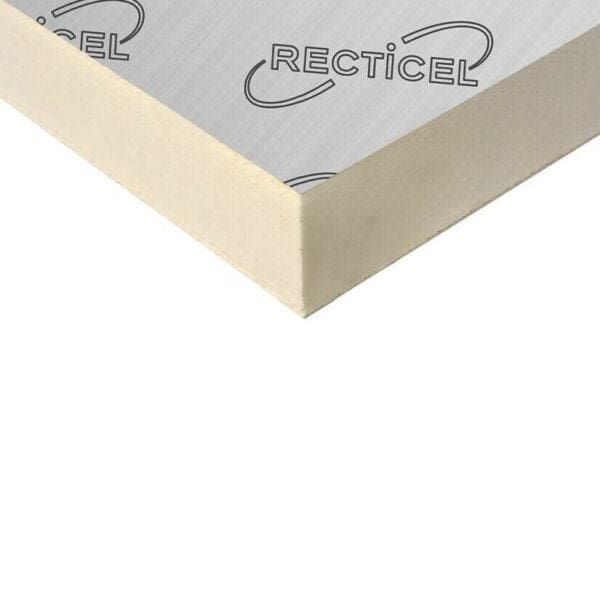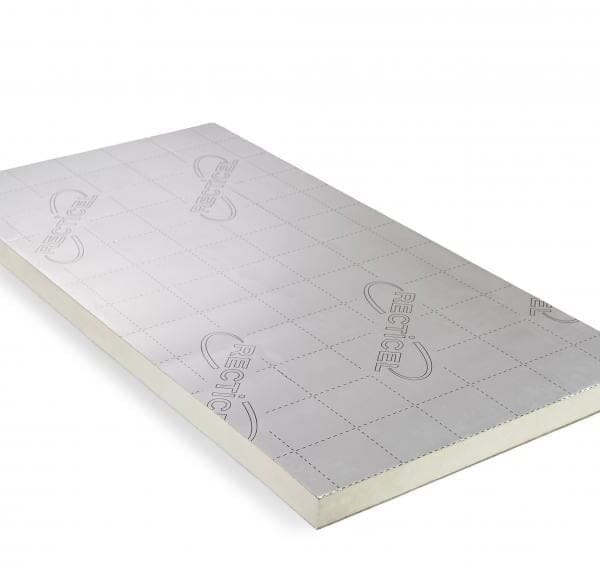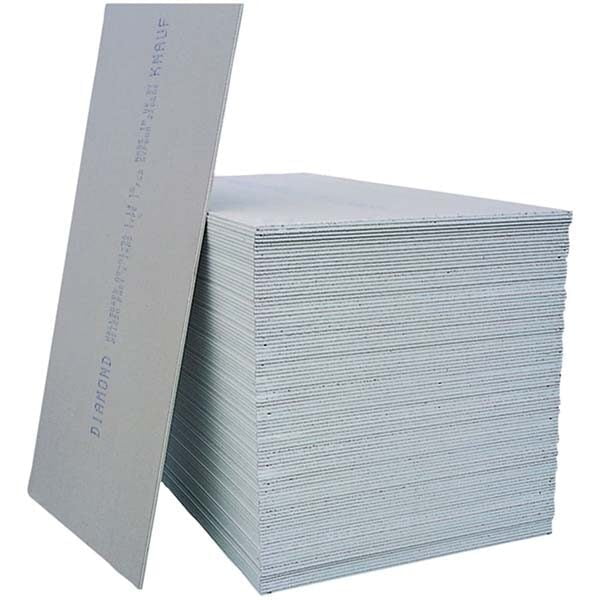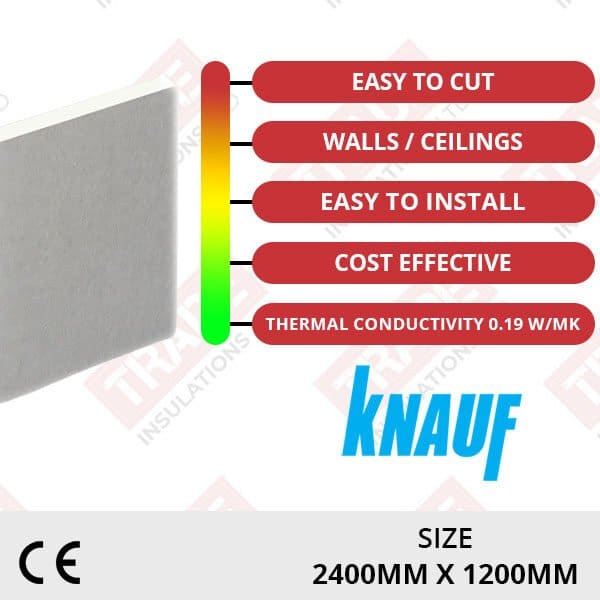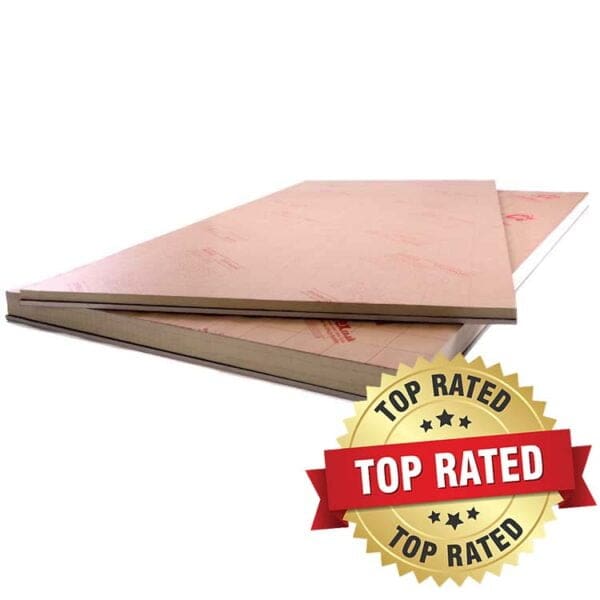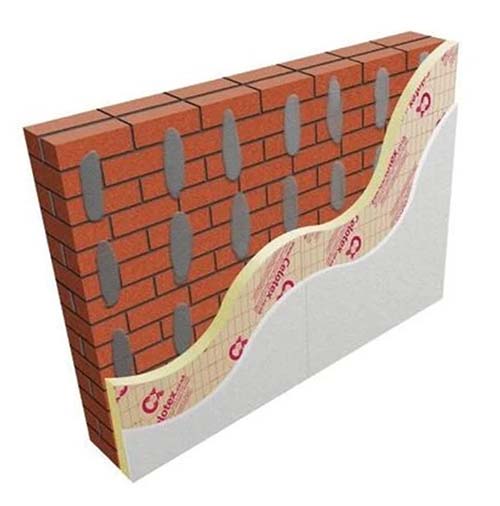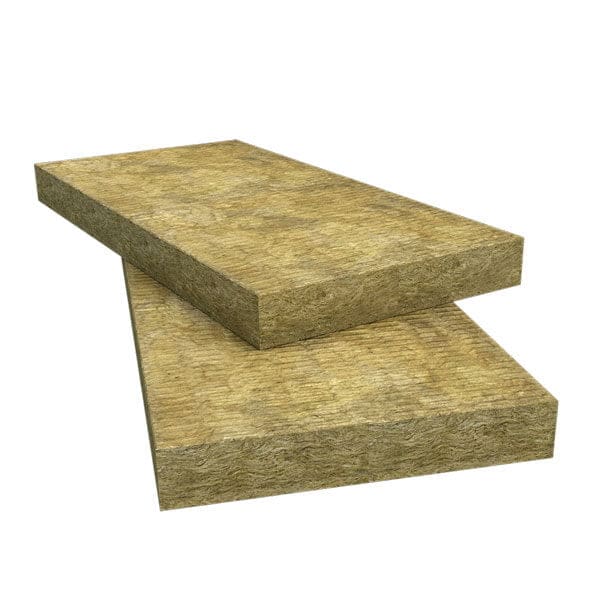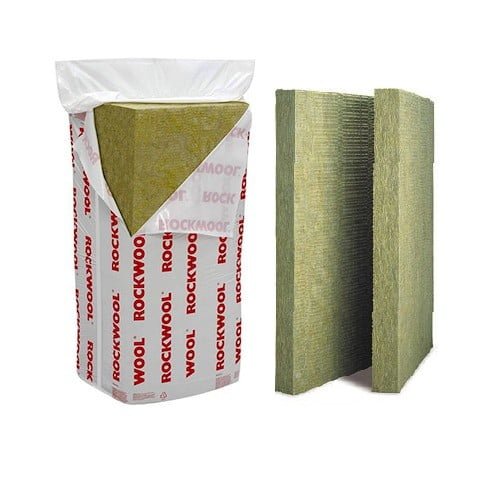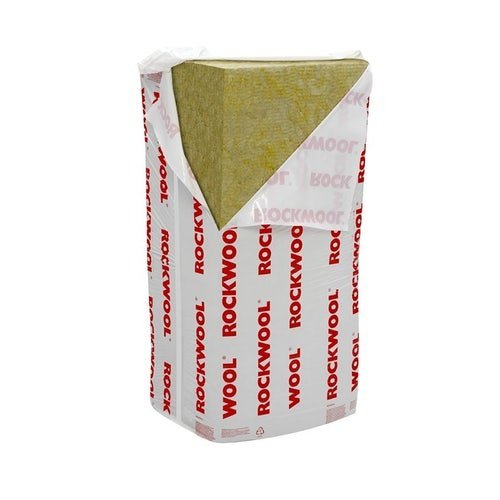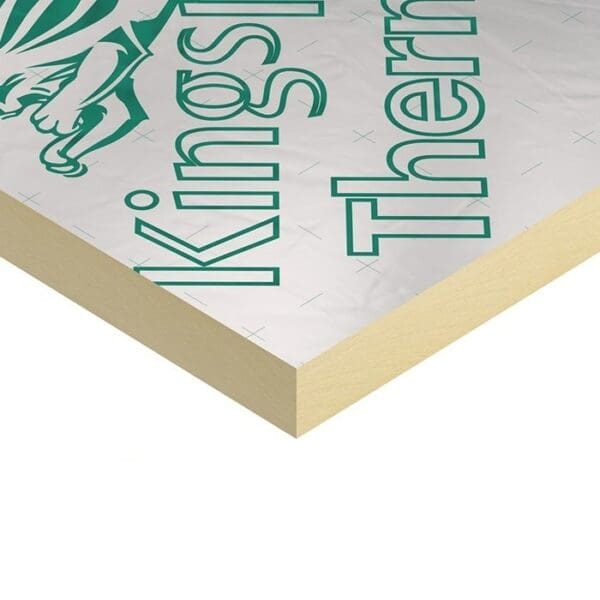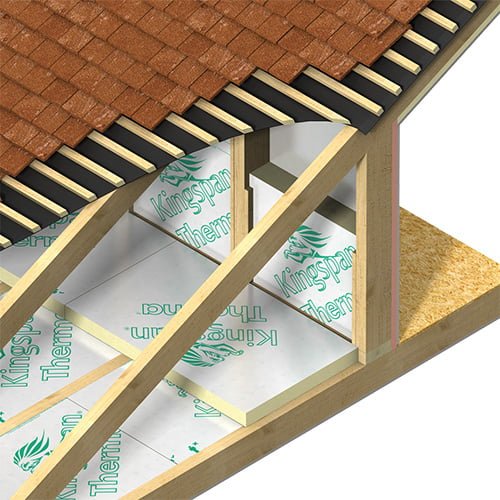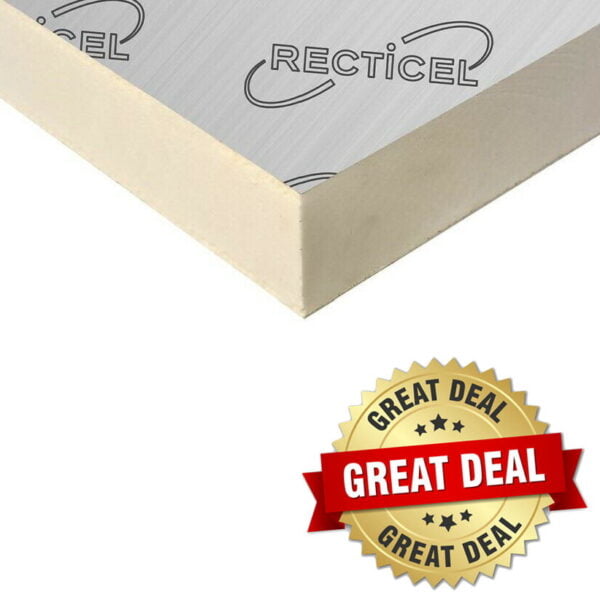Showing 1–16 of 265 results
Buy Roof Insulation
Roof insulation plays a pivotal role in enhancing a building's energy efficiency, comfort, and overall performance.
If you are looking to buy roof insulation online, then we have you covered. We offer a whole range of roof insulation products. From flat roof to pitched roof insulation, we boast a wide product range. At Trade Insulations, we only ever offer our best prices on roof insulation. This means you can insulate your roof for less!
As a dedicated supplier of insulation, we are able to pass our bulk savings directly onto the customer. This means you always get trade prices, and the best part is – you don't even need to be in the trade to qualify. On our website, you will find everything you need to insulate your roof. From Kingspan Thermapitch to Thermaroof, there is everything you need on are website to get started. Order your insulation for roofs in minutes and get it delivered direct to your site or project.
Roof Insulation Boards
Roof insulation boards are a popular choice for many due to their effective thermal properties, ease of installation, and versatility across different roofing types. These boards are designed to reduce heat transfer, keeping interiors warmer in the winter and cooler in the summer, which can significantly lower energy costs and contribute to a more sustainable building design.
There are many benefits to installing roof insulation boards. For example, they are effective at reducing heat transfer, making a building more energy-efficient. In addition to this, using roof insulation boards contributes to a building's sustainability by reducing energy consumption and greenhouse gas emissions. Insulating the roof can extend its lifespan by protecting the roofing materials from temperature extremes and moisture.
Always take careful consideration before ordering roof insulation boards. Ensure that the board you are ordering is suitable for your specific requirements. We always recommend speaking with an architect or building professional to make an informed decision about what roof insulation board you need. Other things to consider is the thickness or the board itself.
Roof insulation boards can be applied in various settings, including flat roofs, pitched roofs and loft spaces. Insulating a roof can result in enhanced thermal properties of a building.
Choosing the right roof insulation board is essential for any construction or renovation project aiming for energy efficiency, comfort, and sustainability. Properly installed roof insulation not only contributes to a building's thermal performance but also to its overall value and longevity, making it a wise investment for the future. On our website, you will find a wide variety of specialist roof boards by Kingspan. Our most popular roof insulation board brands are either Kingspan or Celotex.
How to insulate a roof
The first you will need to do is assess the roof. You should examine the roof for checks such as the structure of the roof and also current insulation (if applicable). Ensure you also identify if there is any damage, gaps or leaks that may need fixing before installing your new insulation.
The second step is to gather your materials as well as tools such as PPE to keep you safe. At this stage, we suggest that you consult a building professional or architect to consult you on what insulation would be best for your particular build.
Once you have acquired everything you need, clear out your loft or attic space so that there are no stored items or debris that will get in your way. For a safe and comfortable environment, make sure you have proper ventilation and lighting. Please note, the installation type will differ depending on the application such as a pitched roof or flat roof. Our pitched roof and flat roof products will feature data sheets and installation guides from the manufacturer as these my differ per product.
If you are installing insulation batts you can cut these to fit between your joists or rafter. The fit should be snug but avoid squashing the insulation in as this could affect performance. These batts can be further secured using a staple gun.
If you are using insulation boards such as rigid foam or phenolic insulation, then you can easily cut these panels to size. These boards are designed to be easily cut and attached the the underside of the roof. The gaps can be sealed with adhesive or tape. Each roof insulation board may be designed for different purposes as stated by the manufacturer. Ensure you check our product page for full guidelines and installation methods, which are set by the manufacturer.
When installing any roof insulation, ensure there is proper roof ventilation. The purpose of this is to help reduce moisture build up or the growth of mould. The installation of vents should allow an airflow path to keep the building in top condition.
What are the benefits of installing roof insulation
There are many benefits to roof insulation. The most obvious is that an insulated roof can reduce the transfer of heat, which means that it will reduce energy usage and therefore lower heating and cooling costs. Another benefit is that roof insulation can help create a comfortable environment whilst reducing your carbon footprint.
Roof insulation with vapour barriers can also help prevent moisture related issues.
Lastly, a well insulated home is a desirable attribute. This means that the value of the property is likely to be more when there is effective roof insulation installed.
A well insulated roof should also help with compliance with building regulations and building standards in the UK.
In conclusion, insulating your roof is a practical and valuable home improvement project that brings multiple benefits, from energy savings to increased comfort and property value. You can easily achieve effective roof insulation and enjoy a more efficient and comfortable living space.
How does roof insulation work?
Roof insulation works by creating a barrier that helps regulate the temperature inside your home. It prevents heat from escaping during cold weather and blocks heat from entering during hot weather. Here's how it works:
- Thermal Resistance (R-Value) Insulation materials have a property called thermal resistance, often referred to as the R-value. This value measures the material's ability to resist the flow of heat. The higher the R-value, the better the insulation's performance.
- Heat Transfer Heat naturally moves from warmer areas to cooler areas. During winter, heat from your home's interior tries to escape through the roof, while in summer, external heat tries to enter your home.
- Cold Weather Insulation In cold weather, roof insulation traps the warm air inside your home. This reduces the heat loss through the roof, keeping your living spaces cozy and reducing the need for constant heating.
- Hot Weather Insulation During hot weather, insulation prevents the outside heat from penetrating the roof and entering your home. This helps maintain a cooler indoor temperature, reducing the need for excessive air conditioning.
- Types of Insulation Materials There are various insulation materials, such as fiberglass, foam, phenolic, and mineral wool. These materials work by slowing down the movement of heat through their structure.
- Air Sealing Proper insulation also involves sealing any gaps or openings that could allow air to flow freely. Air leaks can undermine insulation's effectiveness by letting warm or cool air escape, and they can also lead to moisture issues.
- Vapour Barriers Some insulation materials come with vapour barriers that prevent moisture from passing through. This is crucial because moisture can compromise insulation's effectiveness and lead to mould or rot.
- Roof Ventilation Effective roof insulation goes hand in hand with proper roof ventilation. Ventilation allows air to flow beneath the roof, preventing moisture buildup, which can damage insulation and the roof structure itself.
In essence, roof insulation acts as a barrier that slows down the transfer of heat, helping maintain a more stable and comfortable indoor environment. It's an essential component of energy-efficient homes, providing comfort year-round while reducing energy bills and environmental impact.
Cheap Roof Insulation
At Trade Insulations, we can offer cheap roof insulation. We are able to do this because we are a dedicated online supplier of insulation and believe in offering trade prices for everyone. You can rest assure that all of our products are brand new. This means you will never get faulty insulation or even seconds. Simply place an order online and get your roof insulation delivered directly to your project. It could not be easier. We believe we are pioneering the way that roof insulation is bought online. Join the thousands of happy customers who use Trade Insulations and place your order today.
